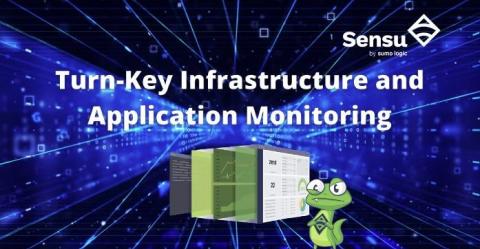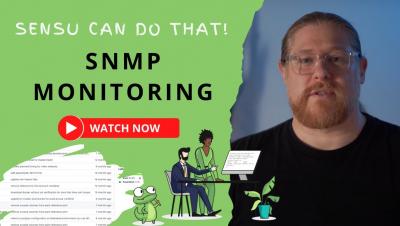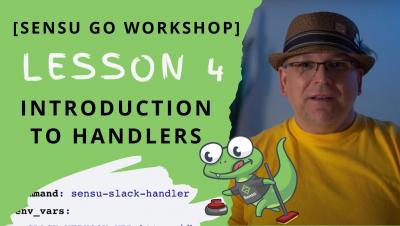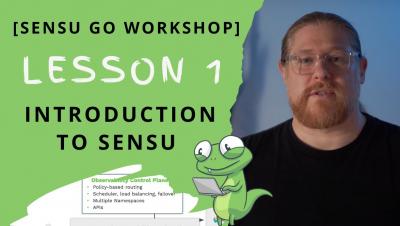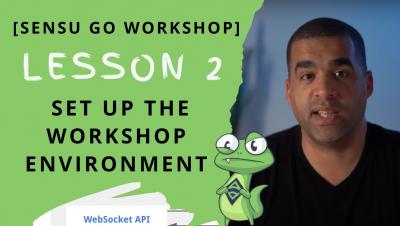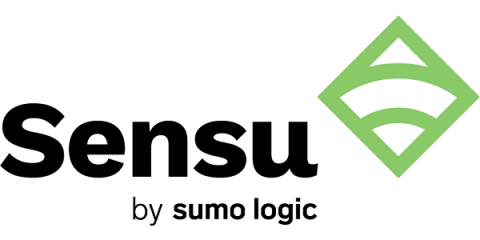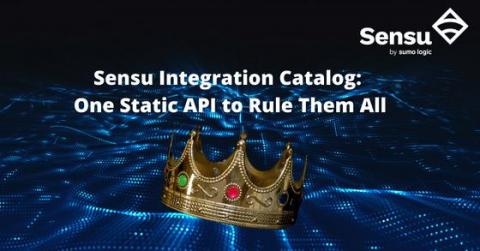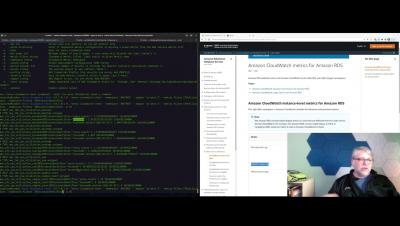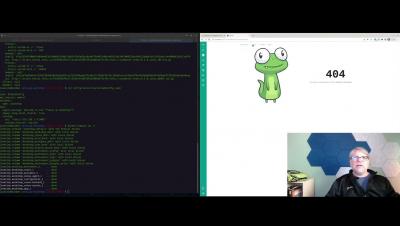Turn-Key Infrastructure and Application Monitoring
The way businesses obtain infrastructure has changed dramatically over the past decade, as Infrastructure-as-a-Service (IaaS) has taken the place of self-hosted infrastructure for most IT deployments. At the same time, it has become common to build complex infrastructures that blend components from multiple providers – such as two or more public clouds (aka. multicloud infrastructure) or mixing an on-prem data center and a public cloud (aka. hybrid cloud infrastructure).


